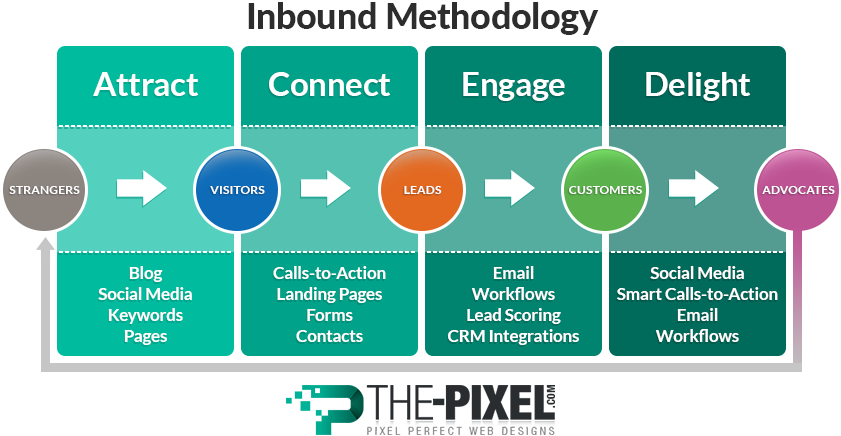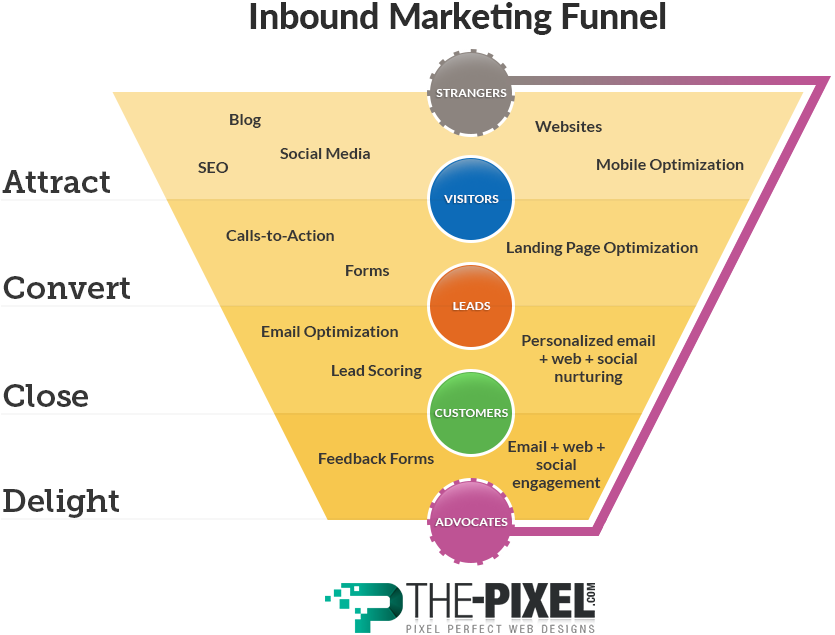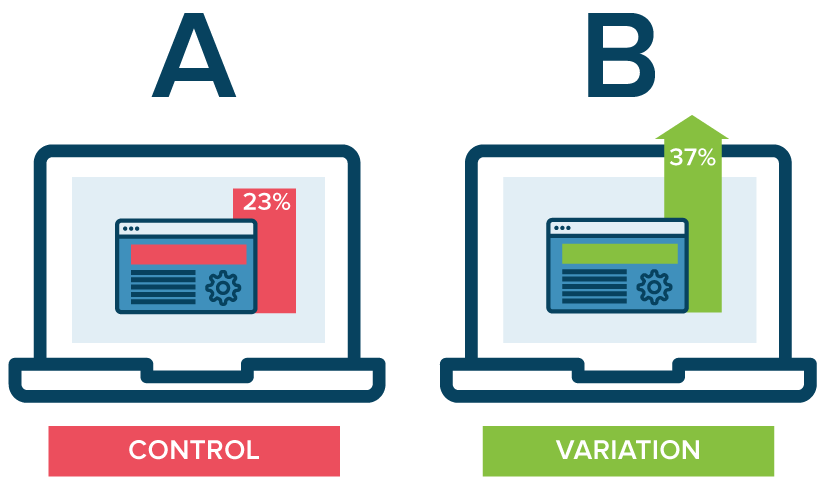Increase Website Conversion Rate
Increase Website Conversion Rate
Increasing your click through and conversion rates!
Having a beautifully designed website that works well across a multitude of browsers and platforms may attract high traffic but converting that traffic into qualified leads and repeat sales can be more difficult than many website owners think.
It is said that you have three seconds to gain a user’s attention so you need to make sure that your page has a clear headline, call-to-actions, summary text consisting of two to three lines that tells the user what makes your product or service fit their needs in a clear concise and catching manner. Don’t use text which is hard to read, a font size of around 16 pixels and approximately 13 words on each line. It’s better to use statements rather than walls of text to describe your product or service as people tend not to read on screens as they do on paper.
The overuse of different marketing messages reduces the impact of the value of proposition. By clarifying the value proposition and then anticipating progression through design, click through and conversion rates will increase. Maintain continuity on your website to positively impact visitors experience from page to page.
Below are some key points:
- Priorities most important elements on the page above the fold
- If an element is not adding direct value to the purchase process remove it from a high real estate critical point
- Less is more, capitalize on buyer momentum
- Do not include product information if the visitor doesn’t need it to convert
- Understand what the pain points are for your visitor on each webpage and address them in the copy and design
- If you are selling products on your website don’t have too many competing product options as it can confuse the user
Engage your users
Keep your users engaged with blogs, videos, newsletters and articles relating to your product or service. Even if the user doesn’t make a purchase first time around by having these they are more likely to bookmark your website and return at a later date.
Providing newsletters is a great way to engage visitors that want to learn latest news about your business or to provide discounts on the products or services that you offer. This will help you keep a direct line of communication open so that people listen to what you have to say even when they aren’t on your website and will keep them engaged with your business until they are ready to convert.

Optimize your website for mobile
Statistics show that more than 50% of searches are from a mobile device so if your website is not optimized for mobile you are losing out on at least 50% of potential customers.
Gone are the days when a separate website is needed for desktop and mobile devices. Nowadays a good website designer will develop a website in what is known as a responsive design. Basically a responsive design means the website will appear consistent across all devices. This allows businesses to tweak the website’s appearance across multiple devices in order to give users the best experience possible based on the screen size. Getting your website mobile optimized will significantly increase a website’s conversion rate.
How do I increase my website traffic?
You increase your website traffic through “traffic driving tactics.” These tactics include:
- Blogging — Writing blog posts (“blog articles”) that feature your target keywords is a great way to help your website rank in search engines for those keywords. These posts are also great for sharing on social media and sending out via email.
- Search Engine Optimization (SEO) — Get the technical aspects of the way your website is built in order so it’s easy for search engines like Google to crawl. This includes technical, buzzword-y things like setting up 301 redirects, optimizing meta descriptions and page titles, and fixing canonicalization errors. This also includes improving the overall usability of the site for the user.
- Social Media Marketing — This includes participating in conversations your customers are already having on social media platforms like LinkedIn, Facebook, and Twitter. By posting helpful content on social media, you can help drive those social media users back to your website.
- Email Marketing — Sending helpful, informative emails to a qualified email list will drive those people to your website to learn more information. Sending your list a quick email telling them about a new blog post on your website will drive them to your website to read a blog post they may have never known about.
- Referral Traffic — When you create helpful content (such as blog posts, webinars, or eBooks), and you tell the world about it (via social media and email) other websites may then link to it (as a reference). You will in turn receive traffic from their websites (and links!).
These tactics, implemented successfully, can increase the quality of traffic visiting your website. And the key here is quality traffic. Not all traffic is created equal. Therefore not all traffic is quality traffic. Inbound marketing focuses on driving quality traffic only.

When you drive quality traffic, the statistics are hard to ignore:
Companies who blog as part of an inbound marketing strategy have 55% more website traffic than those who don’t.
How do I improve my website’s conversion rate?
Good question. Let’s say you’re driving more traffic into your website, nice job! And let’s say your website converts at a 2% conversion rate. To get more leads out of your traffic you need to improve your conversion rate.
There are many ways to improve the conversion rate on your website, here are three examples:
1. A/B Testing
Quick: are your website visitors more likely to click red buttons or green buttons?
I bet you don’t know.
How about this one: would more website visitors fill out your “Contact Us” form if you did not ask for their phone number on it?
I bet you don’t know.
Don’t feel bad. Most businesses don’t know these things. They have not paid attention to how visitors behave on their website. But they should. By testing two different versions of the same website pages, business can learn what elements of a website will drive more leads.
Do you have forms on your website with a button that says “Submit?”
According to online lead generation research, website forms using the button text “Submit” have lower conversion rates than those who used other wording like “Contact Us Today” or “Click Here.”
Can you believe it? By simply changing the wording on your website’s buttons you can improve your conversion rate and thus the number of leads you generate.
A/B testing certain elements on your site will allow you to convert more of the website traffic you already have. That’s the beauty of A/B testing. It seeks to convert more of your existing traffic, therefore getting you more conversions without needing to send more traffic. Most in the inbound marketing world refer to this as conversion rate optimization.

2. Add Testimonials and Case Studies (Social Proof) To Your Website
Your website visitors want to know that you’ve been successful with your current customers or clients before they buy your product or services. By adding testimonials and case studies to your website, you show your website visitors that others have come before them, are happy with you, and trust you. It adds validation to your business.
This type of validation is known as social proof. This is the concept that people will conform to the actions of others because they believe those actions represent successful behavior. Basically, if other people are doing it, and those other people are trustworthy, then they should be doing it.
For example, if your target buyer is an HR director, they will feel more comfortable with your business after viewing testimonials and case studies featuring other HR directors they can relate to. These testimonials and case studies essentially serve as references for your business.
3. Add Micro-Conversions
Most B2B websites offer their visitors one opportunity to convert and it’s usually via their main “Contact Us” form. That’s typically the only form on the website.
Let’s say out of 100 website visitors, 2% of them fill out that contact form, and because that one form is the only conversion opportunity on the website it sets the conversion rate for the entire website.
But what if you added another form on your website? Let’s say this new form allows your website visitors to download a recent whitepaper, eBook, or webinar you created. And in order for your website visitors to download and view any of these items, they must first fill out a form providing their name, email, job title, and company name. Bingo, you just created a brand new conversion opportunity. A brand spanking new way to generate lead information from your website, without requiring those visitors to fill out the “Contact Us” form.
We call these things (whitepapers, eBooks, webinars) “micro-conversions,” because while they may not have filled out the main “Contact Us” form, they did fill out a form that provided your sales team with enough lead information to follow up on.
Let’s bring it back to math, you have 100 website visitors:
- 100 website visitors x 2% Contact Form Conversion Rate = 2 Leads
- 100 website visitors x 2% Whitepaper Form Conversion Rate = 2 Leads
- Total: 4 Leads
Now let’s say you added all three of the new micro-conversion strategies (whitepaper, eBook, and webinar):
- 100 website visitors x 2% Contact Form Conversion Rate = 2 Leads
- 100 website visitors x 2% Whitepaper Form Conversion Rate = 2 Leads
- 100 website visitors x 2% eBook Form Conversion Rate = 2 Leads
- 100 website visitors x 2% Webinar Form Conversion Rate = 2 Leads
- Total: 8 Leads
There it is. By adding more opportunities on your website for visitors to convert, you generate more potential leads.
With that, here’s what your new website lead generation equation looks like:
Now that you understand the basics of how to get more online sales leads through your website, you’re ready to dive deeper into the world of inbound marketing.
And like all other companies, ThePixel depends on these leads to thrive and grow. We understand the importance of having an effective lead-generation strategy that leverages quality content and thought leadership. This is what makes us among the top inbound marketing agencies.
Hire ThePixel to build your next website!
Since our founding in 2008, we’ve created and launched many types of business websites. Over the last decade and we’ve learned a thing or two! That’s why we’re masters of our craft, let us help you build the website of your dreams – one that generates traffic, leads and conversions.
Are you ready to start? If yes, contact ThePixel and one of our representatives will guide you through the website phases and how the process works either by a Zoom Meeting or phone.


